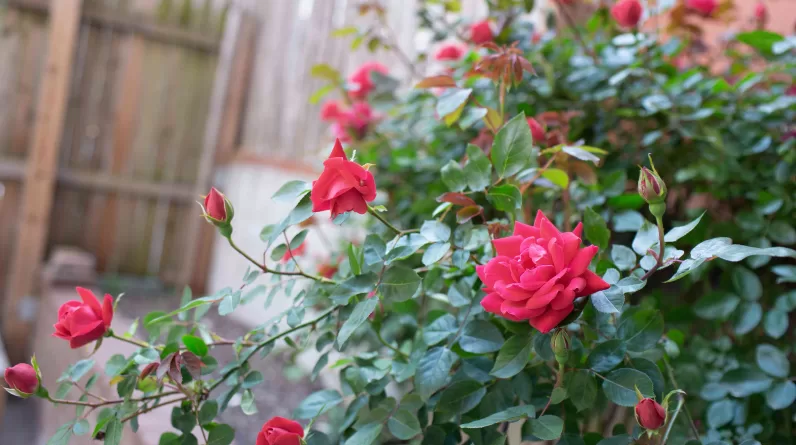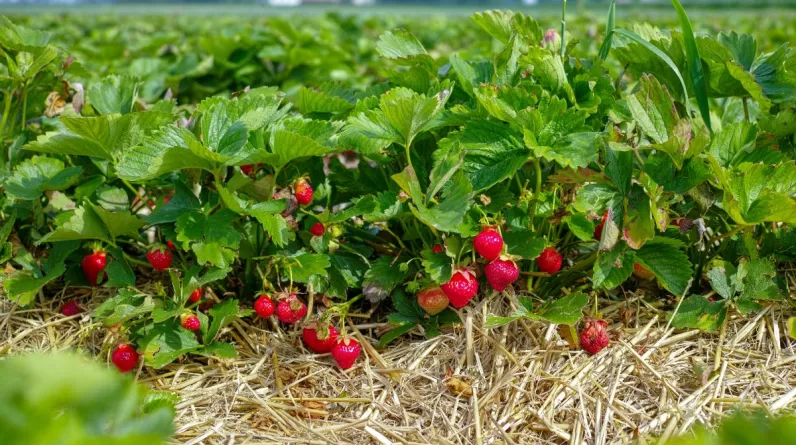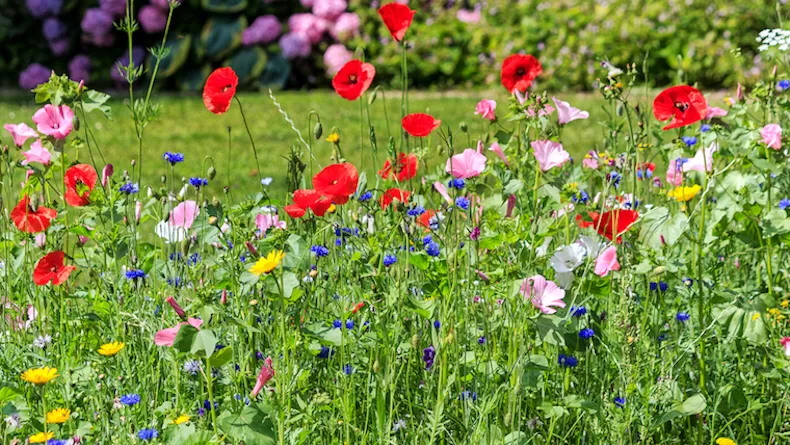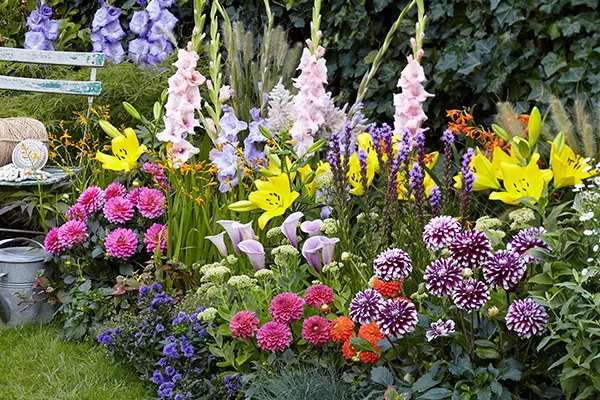
Are you wondering what to put on the ground in the areas surrounding your raised beds?
It may not seem like a big deal at first, but you’ll soon realize that covering the ground around raised beds is essential for controlling weed growth, preventing soggy soil, facilitating your movement through the garden, and much more.
The debate over using gravel or mulch around raised beds has been long-running, given how popular these materials are as ground cover.
In today’s article, we’ll explore the pros and cons of using gravel and mulch in raised bed gardens to help you decide.
Advantages of Putting Gravel Around Raised Beds
A layer of gravel or rock surrounding the raised beds in your garden offers various benefits, including:
Decorative Value
Gravel or rocks come in a variety of colors besides the usual gray, brown, and beige combos. This gives more decorative freedom compared to mulch, allowing for more flexible landscaping to better match your outdoor/garden decor and style.
Additionally, gravel has a polished vibe about it. It works great if you’re aiming to create a clean look for the pathways of your garden.
Gravel can also deliver a more cohesive appearance related to your patio or deck, which ties all your outdoor decor elements together.
Long Lasting
Gravel, such as pea gravel, doesn’t decompose over time, so unlike mulch, you won’t need to replace it regularly. It’ll stay the same way for years if you don’t actively get rid of it.
No Maintenance
Gravel doesn’t need replenishing and is highly resistant to stress and weather conditions. It requires no maintenance once you set it in place, which is a big plus for gardeners who don’t feel like worrying about extra tasks.
Minimal Soil Erosion
Gravel is an excellent option to put around raised beds if you’re worried about soil erosion.
You don’t need to shy away from placing your raised beds in sloped areas or low-lying locations. Gravel can withstand heavy rainfall, ensuring the soil doesn’t wash away.
Improved Footing
Gravel offers quite a stable surface for you to walk around raised bed vegetable gardens. It’s especially great if your rock garden gets high foot traffic as gravel can easily take the stress of repeated stepping.
Advantages of Putting Mulch Around Raised Beds
Common mulch choices include wood chips, grass clippings, shredded leaves, and staw. As you can tell, most types of mulches are organic.
Layering the areas around raised beds with mulch has many benefits, here are the top ones:
Natural Aesthetics
Some people think of mulch as a messy material, and while it does look rough, that’s exactly what many gardening enthusiasts love about it.
A bark mulch layer can give your raised bed garden a raw feel, after all, we’re talking about wood chips and leaves. It’s perfect for creating a natural aesthetic in your outdoor space that mimics the wilderness.

Moisture Preservation
If you live in an area with low rainfall, surrounding the raised beds in your garden with organic mulch is an excellent way to provide your plants with the necessary humidity for better growth.
That’s because wood mulch can effectively retain moisture.
Easier Mobility
A thick layer of mulch can help stabilize your movement around the garden. It can stay relatively dry when the soil surrounding your raised beds gets soaked.
Less Soil Erosion
Similar to gravel but to a lower extent, mulch can help reduce soil erosion. It’s better to add thick layers of wood chips for this particular purpose.
Better Soil Quality
The fact that mulch is mostly organic material means that it breaks down over time. This decomposition releases organic matter into the soil, acting as a fertilizer and boosting its quality.
Mulch also serves as a compost reservoir for your plants. Whenever you need to augment your raised beds with nutrient-rich soil, you can pull aside the wood chips layer of the mulch and grab as much as you want.
After that, simply add more wood chips on top to make up for what you took.
Affordable
If you live in an area with a lot of trees nearby or a location where tree trimmers and arborists often work, chances are you can get your hands on free organic materials to use as mulch.
Drawbacks of Putting Gravel Around Raised Beds
Now, let’s take a look at the disadvantages of using gravel around raised beds:
Heavy
Gravel is a heavy material, which makes moving and spreading it around the garden a hassle.
Costly
It can be quite expensive, especially if you’re covering large areas. If you’re ordering a lot of gravel, the delivery fees can quickly add up considering its weight.

Challenging to Remove
Because gravel is hard to move as it sinks into the soil over time, redecorating or rearranging your garden can be a tiresome task.
Drawbacks of Putting Mulch Around Raised Beds
Finally, here are the disadvantages of surrounding raised garden beds with mulch:
Unpolished Look
If you’re looking to achieve a refined look for your raised bed garden, mulch isn’t the option you need. Its nature as an organic material simply makes for a rugged, raw appearance
Requires Replenishing
Mulch may be a lot cheaper than gravel, but it breaks down over time because it’s typically an organic material. It’ll disappear into the soil, so you’ll need to add more mulch to keep it at a constant level.
May Attract Insects
Since mulch is an organic material that decomposes with time, there’s a chance it’ll act as an insect magnet. It may end up luring beneficial bugs for your greens, or your garden may get a visit from harmful pests.
Wrapping Up
The answer to “Should I use gravel or mulch around raised beds?” comes down to your preferences and needs.
Mulch is inexpensive, improves soil quality, and retains moisture, but it requires regular replenishing and can attract unwanted pests.
On the other hand, gravel looks sleek, lasts for a very long time, endures foot traffic, and minimizes soil erosion. However, it’s costly, heavy, and challenging to remove.







